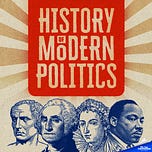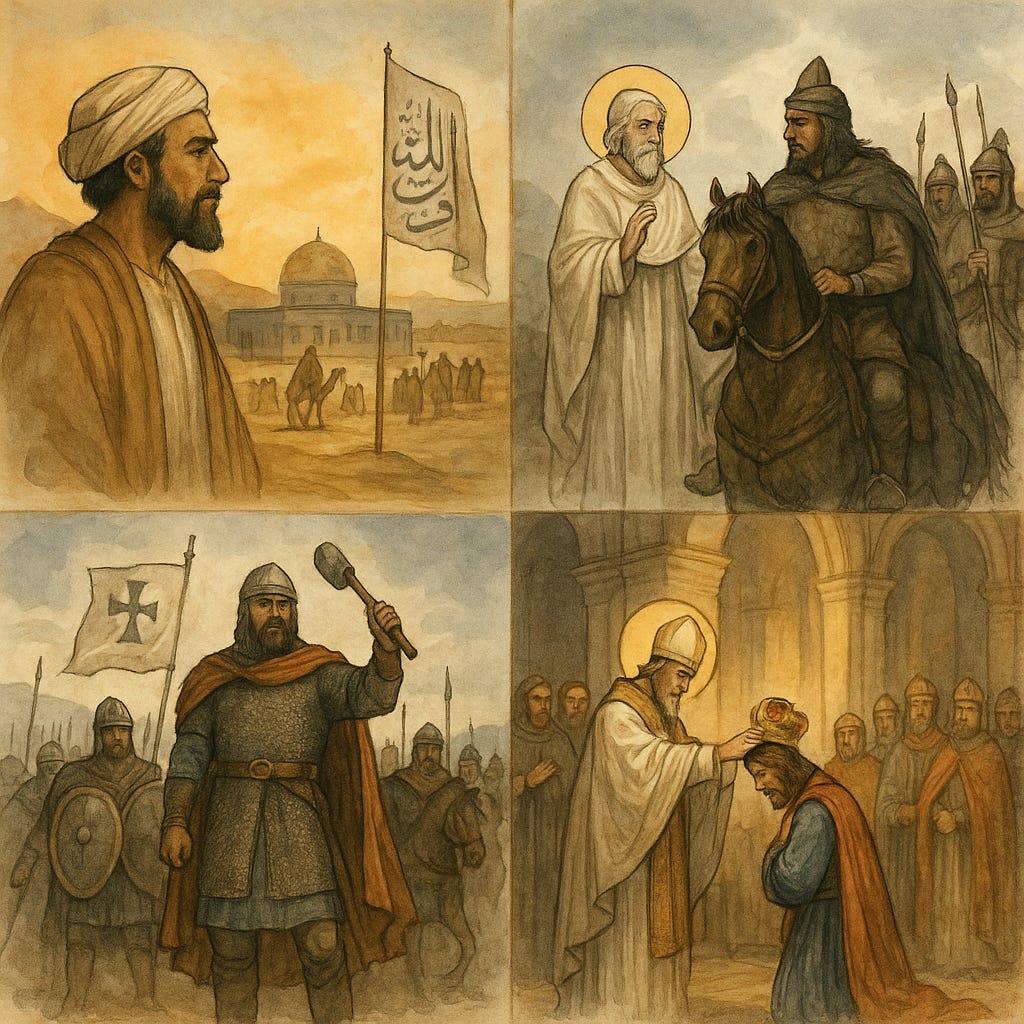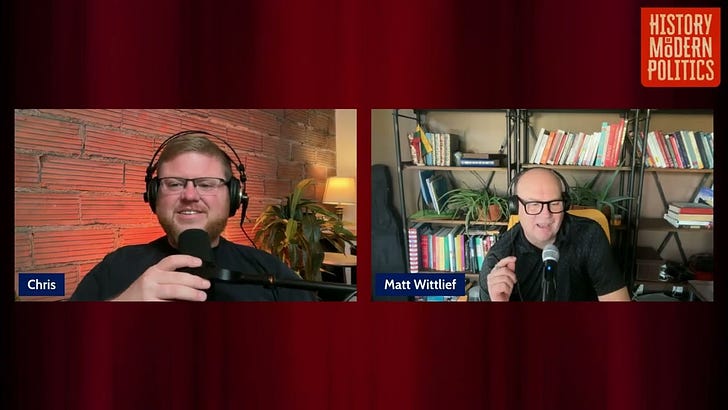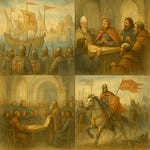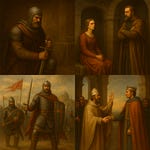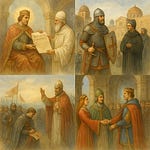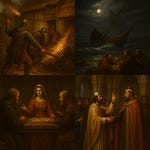In the early seventh century, a new faith takes shape in Arabia. Muhammad’s revelation in Mecca and Medina unites a fractious people into a single community bound by belief. Within a century of his death, Muslim armies carry that vision from Spain to Persia, pressing westward across North Africa and into Iberia. There they meet a different kind of rising power—a Christian Europe reasserting itself under the banner of Rome reborn.
By that time, the Western Roman Empire is gone in all but memory. The cracks widened first under internal decay—weak emperors, divided loyalties, and the slow drain of gold and grain from the provinces. Then came the final blows: Attila’s Huns storming across the Danube, and Pope Leo the Great’s fateful meeting with him at the gates of Rome, where words, not weapons, bought the city’s survival. But moral authority could not replace material power. The empire that had once claimed the world now ruled little more than a rumor.
Out of the ruins rose a new order in Gaul. The Frankish king Clovis stitched together rival tribes and, in a moment of political genius, accepted Christian baptism around 500 CE. His conversion aligned the Franks with the Latin Church, giving divine sanction to their rule and linking their kingdom to Rome’s surviving prestige. Under the Merovingians, the machinery of empire—law, taxation, and letters—lurched back to life, even as palace intrigue and hereditary division pulled it apart again.
That weakness set the stage for the Carolingians. Charles Martel forged unity through war; Pepin the Short sealed an alliance with the papacy; and Charlemagne—king, conqueror, and reluctant emperor—built the greatest realm Western Europe had seen since Caesar. When Pope Leo III crowned him on Christmas Day 800, the idea of “Europe” found a political form. Yet even that achievement carried its flaw: Salic law, which split inheritance among sons, fractured Charlemagne’s empire after his death and ensured that unity in the West would always be fleeting.
My takeaway: Episode 5 marks the hinge between worlds. Islam’s expansion, Rome’s collapse, and the rise of the Franks aren’t separate stories—they’re parts of one great transition. Out of conquest and conversion, Europe’s medieval order takes shape: an age defined less by darkness than by reorganization, where faith and power learn to share a crown.

